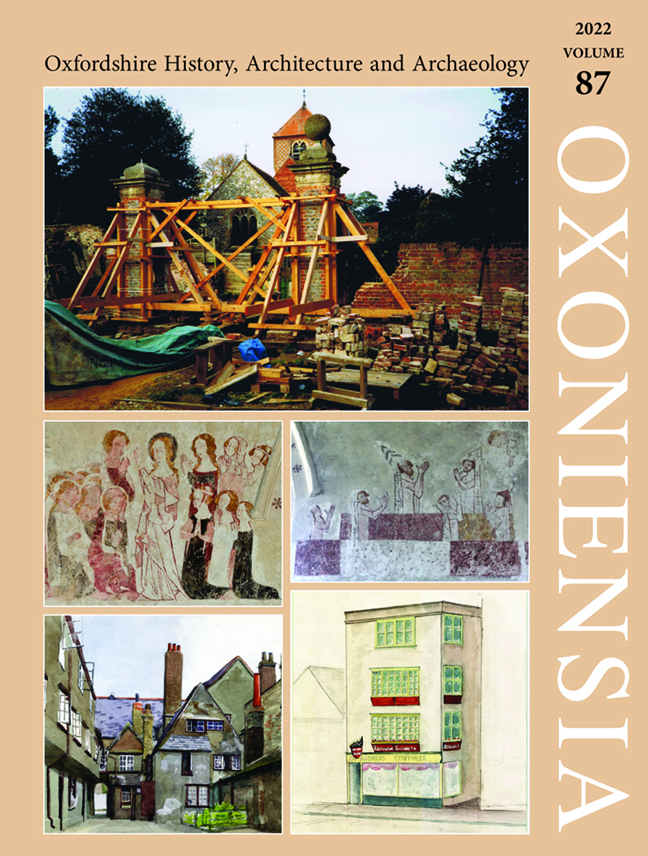Querns from the Bronze Age to the Eleventh Century AD: Making Use of Local Resources from the ‘Oxfordshire Grits’
Published online by Cambridge University Press: 17 February 2024
Summary
SUMMARY
Stone querns for grinding grain into flour were an integral piece of household equipment during later prehistory and beyond. They are common finds on archaeological sites but what they are made from is often poorly understood. This article discusses the manufacture of querns in south Oxfordshire during the Neolithic, Bronze Age, Iron Age, Roman and Anglo- Saxon periods, with a particular focus on the Iron Age when the industry was at its height. It describes rocks from the Lower Greensand and Lower Calcareous Grit that were used to make querns, and where outcrops of them occurred. It goes on to set out what querns of these stone types looked like and highlights the importance of this minor industry by investigating where these querns were taken to and used.
Querns were used to produce the flour required every day and were also suitable for the crushing of other food items such as seeds, nuts and legumes. They were manufactured from a range of stone types and the distance over which they were transported depended on a range of factors, not least of which was the availability of locally suitable stone. The saddle quern, used in a back-and-forth motion, was introduced to Britain during the Neolithic period and continued in use through the Bronze Age and into the Iron Age when the rotary quern with its rotational or oscillatory motion was introduced. The rotary quern remained an integral piece of household equipment throughout the Roman period and beyond. Some of the most important British quern quarries during the Iron Age and Roman periods produced querns that were transported many tens and sometimes hundreds of miles. Research in central and southern Oxfordshire over the last thirty years has demonstrated that, even though exposures were limited, local rocks were exploited to make querns. This paper describes the stone types that were used, the chronology of this local quern manufacture, what form the querns took, and how far they were distributed during different periods of our past.
PATTERNS OF QUERN USE
In order to understand local quern production, it is important to appreciate the context of resource procurement in which it sat. The earliest querns in the region date to the Neolithic and Bronze Age, but few querns have been recovered from features of these dates in central and southern Oxfordshire. Saddle querns were the only type of quern in use at this time.
- Type
- Chapter
- Information
- Oxoniensia , pp. 1 - 16Publisher: Boydell & BrewerPrint publication year: 2022



